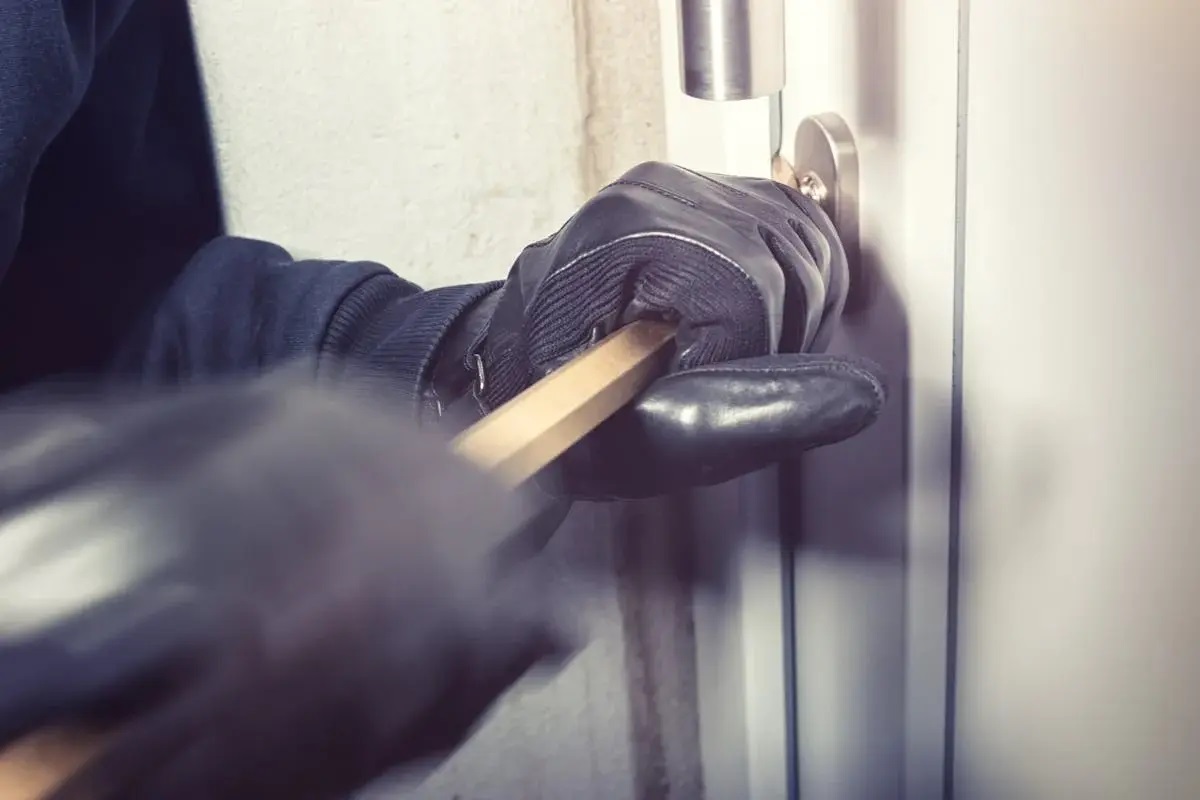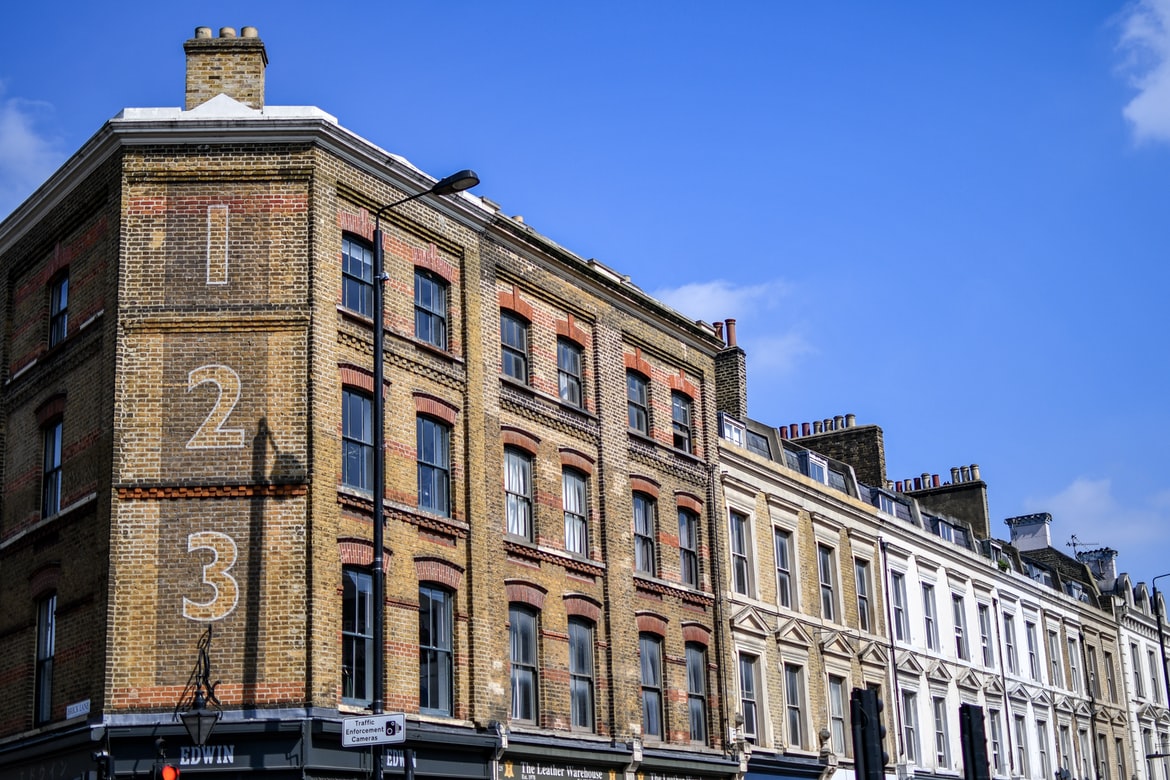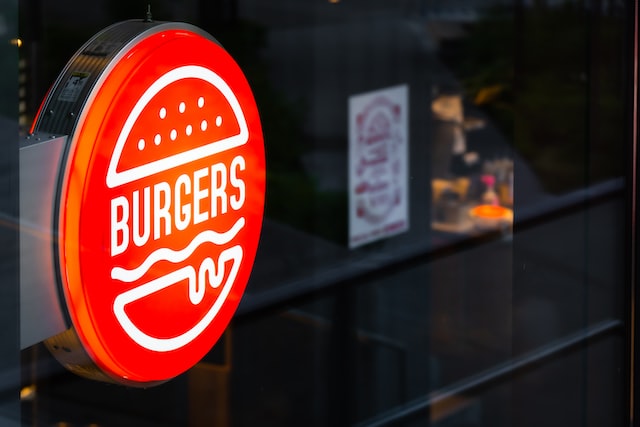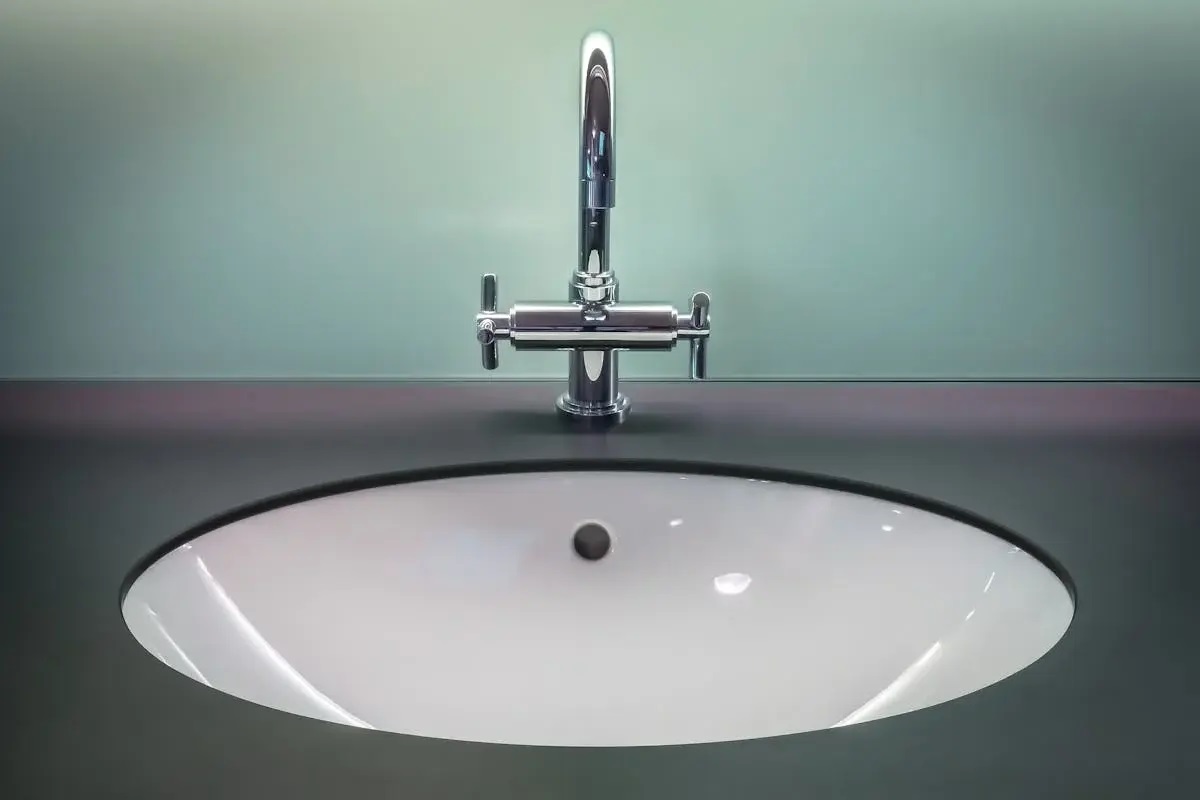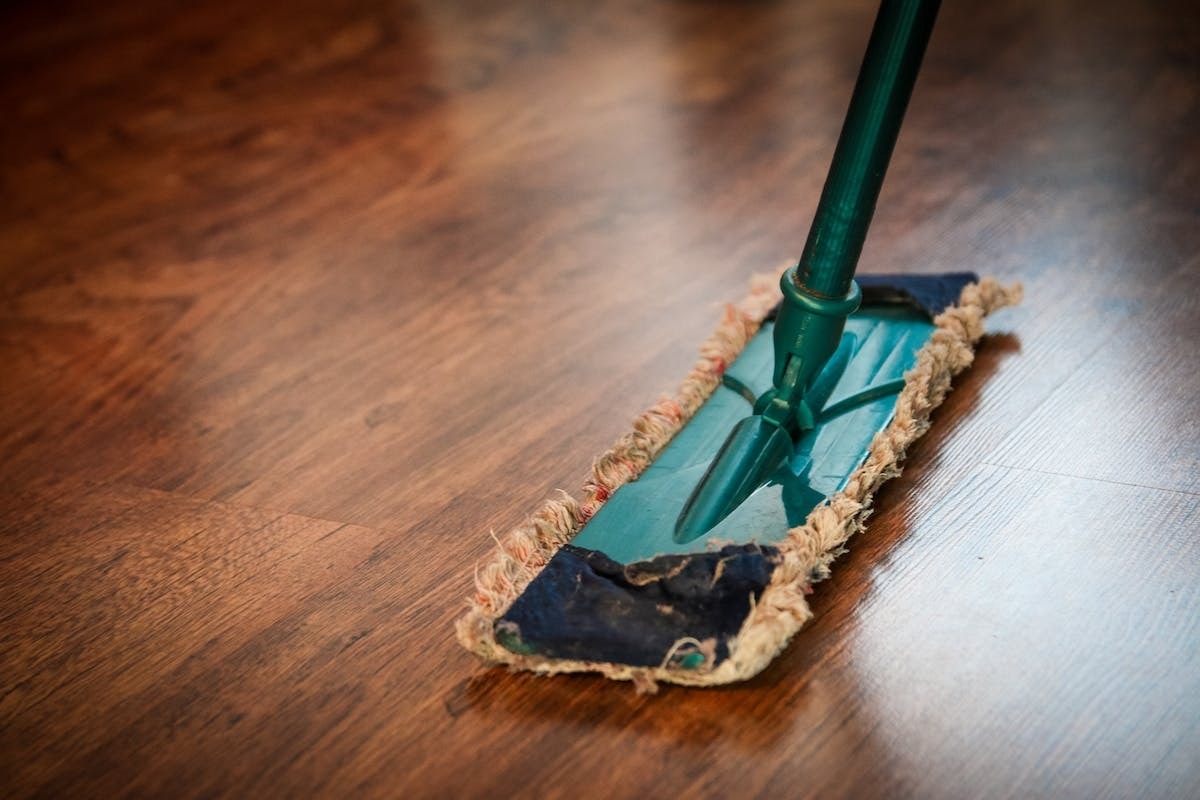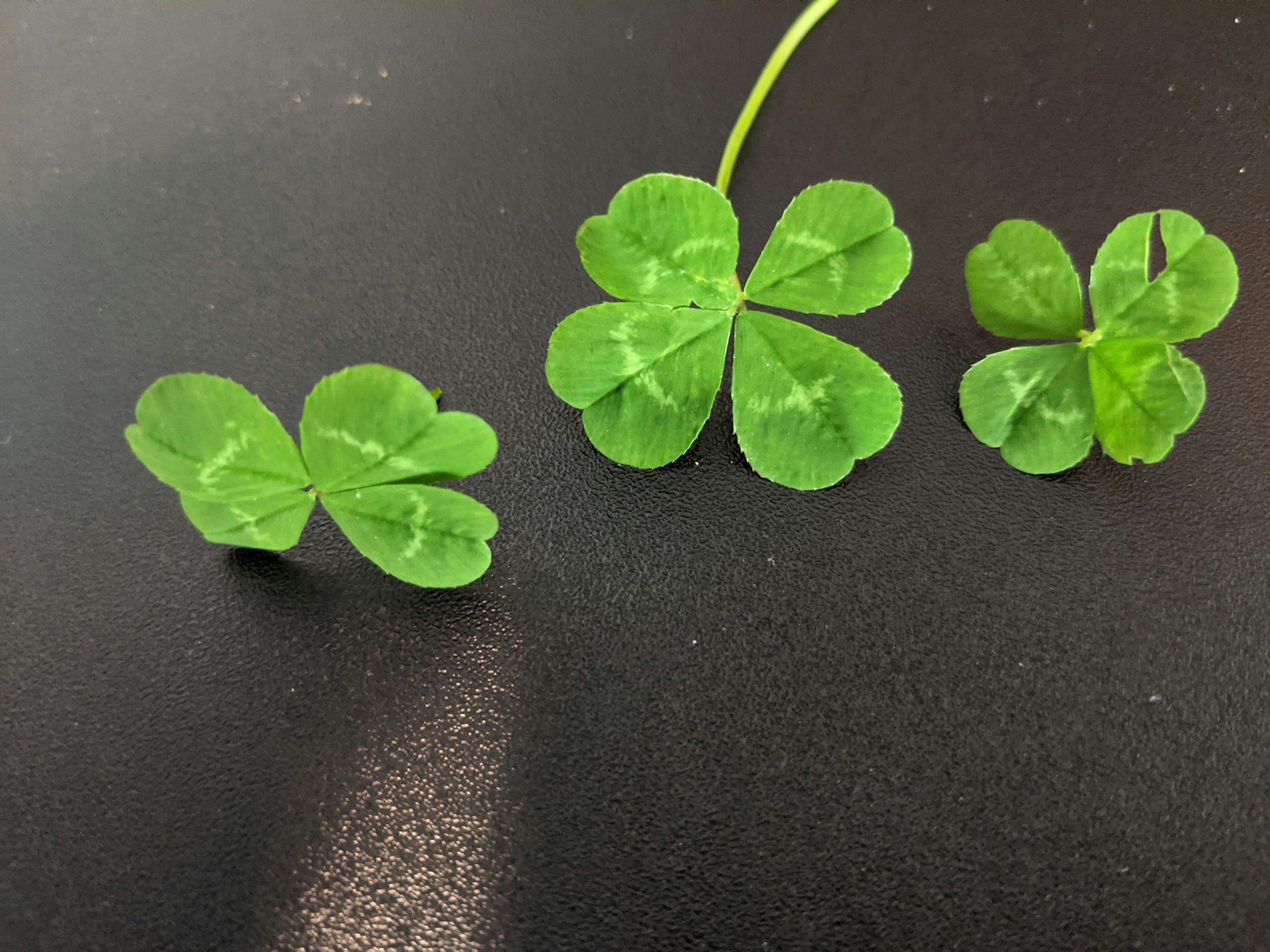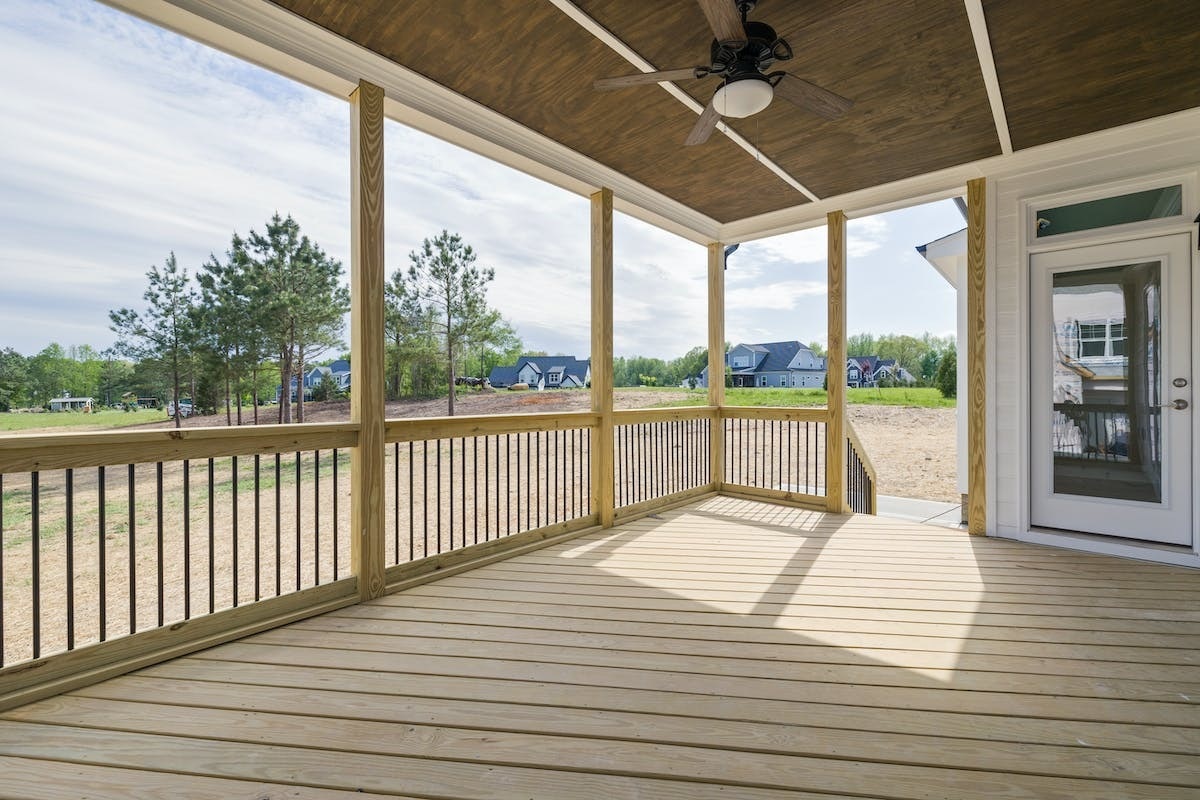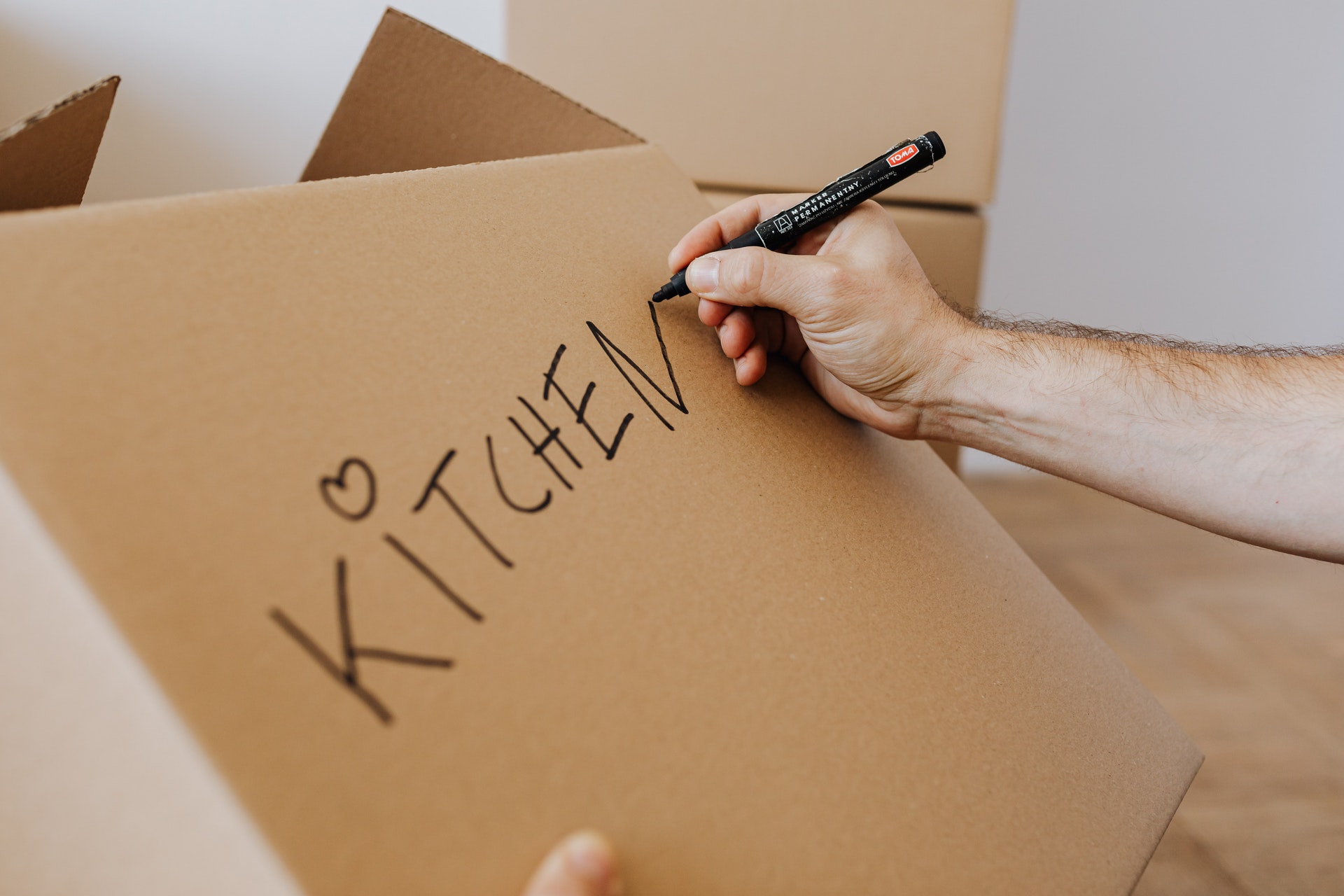
Moving? Get the knack of packing, starting with your kitchen
___
Published Date 5/26/2022
Packing is one of the most detailed and overwhelming parts of any move. But of all the rooms in the house, the kitchen is probably the hardest room to pack. Just the thought of it can evoke headaches. So many small items, not to mention food items, as well as stuff with odd shapes. While now is the time to consider donating some stuff that has been squirreled away in kitchen depths for years, most kitchen supplies and appliances will be used again at some point.
The Spruce’s Diane Schmidt offers a systematic, step-by-step approach to packing up your kitchen for moving. And it starts with boxes. Big box home improvement stores offer moving kits and supplies or you can turn to your moving company’s web site or location for them as well. But often, we tend to just put together a box and start throwing things into it instead of thinking about how different sized boxes are better for some things, and smaller ones are better for others.
Think larger=lighter, and smaller=denser (heavier). Large boxes are best for lightweight, hard-to-pack items such as plastic kitchenware, dish racks, small appliances, baking tins, while medium and smaller boxes are best for heavier items such as small appliances, pantry items, pots and pans, silverware, contents of drawers, cookbooks. Use smaller, thicker heavy-duty boxes for fragile items, such as plates, glasses, stemware, wine, and canisters.
Be sure to buy a 4-5 lb. bundle of unprinted news-wrap paper to help you pack fragile items, including food items and small appliances. Cell kits (those that have little compartments) are extremely useful for packing, stemware, wine, and liquor bottles. But make sure to check the sizes of your cell kits to ensure they'll fit into the boxes you have. Other materials you’ll need include packing/sealing tape, labels, markers, and a one-handed tape dispenser. For the average sized kitchen, Schmidt suggests 5 Large boxes (18 x 18 x 24), 10 Medium boxes (18 x 18 x 16), 5 Heavy-duty boxes (18 x 18 x 28), and 5 to 10 cell kits (18 x 18).
As for how to begin, Schmidt suggests selecting the items you're taking with you and culling the items you're leaving behind, whether it's by donation or junking, placing them in a separate place. “Make sure you have "homes" for the things you won't be taking, and check to make sure you're not moving items that shouldn't be packed,” she says. “Go through each cupboard and drawer and be very selective. Donate unneeded items to shelters or food banks, have a garage sale, or give them to friends and neighbors.”
Now prepare an “essentials” box — things you’ll need for your last two days in your current home and the first two days in your new home, including dishes, cutlery, food items, appliances (coffee maker/toaster), dishtowel, dishcloth, cleaner, soap, etc. Then start by packing any items in your cupboards and drawers that you don't use on a daily basis, including vases, crystal, food storage containers, wine glasses, mixing bowls, cookie sheets, and pie pans. Then go to small appliances, such as mixers, blenders, etc., cookbooks, extra dish towels, dishcloths, and oven mitts (although these can often be used as cushions for breakables if you run out of packing paper), special utensils, such as barbecue tongs, meat mallets, ladles, and spatulas, and last of all, special-event dishes, such as serving plates, condiment dishes, cream and sugar containers, etc.
Wine and alcohol can also be packed early on in the process. If you plan to break out the bubbly to toast the home you’re leaving, set it aside. Otherwise, pack everything else, along with food items that are in glass bottles that are still sealed, such as cooking oils, specialty oils, and fine vinegar. “Remember to ask yourself if the weight of each item is worth the cost of moving it,” advises Schmidt. “For expensive items such as aged olive oils, balsamic vinegar, or truffle oil, it may be worth the cost of moving. For many items, though, it may be more efficient to buy new bottles when you reach your new home.”
When packing drawers and shelves, begin with the messiest drawer. “Get rid of extra items or items you no longer use. Rule of thumb: If you haven't used it in the last six months, don't move it,” says Schmidt, who also says when packing the cutlery drawer, spare only one set per family member. “These sets will be kept in your essentials box,” she says. As for dishes, assemble the cell boxes for glasses and stemware. Take your time with this step, ensuring items are packed well. This is also the time to pack plates and bowls, and any odds and ends.
Packing the pantry may look daunting, but it need not be. By now the items should be sorted out. “Start with the spices, then work your way to the larger items. Canned goods aren't worth moving unless you're performing the move yourself,” says Schmidt. “Again, check the weight of each item and consider the cost to move it. Tape up any opened food packages and get rid of all perishables, including freezer items, unless your new home is quite close.”
If you’re looking for specific ideas and short cuts for packing up your kitchen — or any other room in your house — YouTube is replete with videos to help you on your way. And remember — this is the hard part. When all these boxes arrive at your new place, it will be like unwrapping gifts at holiday time. Happy packing!
TheSpruce, TBWS
All information furnished has been forwarded to you and is provided by thetbwsgroup only for informational purposes. Forecasting shall be considered as events which may be expected but not guaranteed. Neither the forwarding party and/or company nor thetbwsgroup assume any responsibility to any person who relies on information or forecasting contained in this report and disclaims all liability in respect to decisions or actions, or lack thereof based on any or all of the contents of this report.
First
Priority Home Loans is a DBA of Anchor Funding, Inc. NMLS #236419 &
1626581. California
Bureau of Real Estate,
Real
Estate Broker Number 01276087. Loans made or arranged pursuant
to the
California Department of Business Oversight. California Finance Lenders Law
license number 603 L293.


Andre Enriques
Branch Manager/Mortgage Lender
NMLS: 220937
First Priority Home Loans
891 Kuhn Drive #204, Chula Vista CA
Company NMLS: 236419
Office: 619-323-2066
Cell: 619-208-6499
Email: andrefunds4u@sbcglobal.net

Andre Enriques
___
Branch Manager/Mortgage Lender
NMLS: 220937
Cell: 619-208-6499
Last articles
___
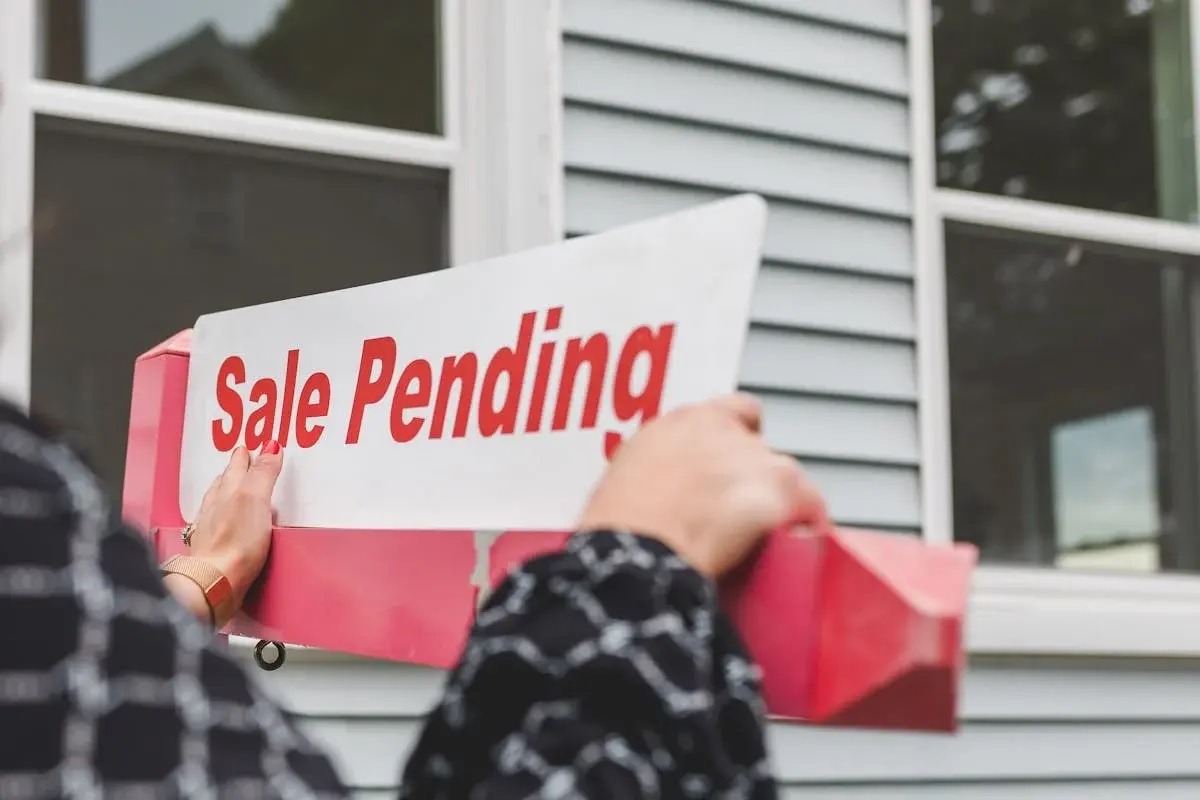
Never underestimate the value of professional real estate agent representation
4/22/2024
Click the link; buy a sofa. Click on another; buy a pergola for your backyard...... view more

Three things that could impact rates this week
4/22/2024
These are the three areas that have the greatest ability to impact rates this we... view more

Lipstick on a pig? Some flips are a mess without their makeup
4/19/2024
Cosmetically all the hard work had already been done for them. What they didn’t ... view more

How to sabotage your own sale in a few easy steps
4/18/2024
This is fun, interesting information that everyone enjoys. Every report is a lit... view more

Labor data remains strong with low Initial Weekly Jobless Claims
4/18/2024
Initial Weekly Jobless Claims remained very low at 212K versus estimates of 215K... view more

Markets see a minor rebound
4/17/2024
Overnight a little volatility but well within the narrow range, the 10 year note... view more

Downsizing after retirement: A decision best made with careful consideration
4/16/2024
Retirement can be a happy time. Earning downtime not steeped in paychecks and li... view more

Rate cuts in 2024? There’s no ‘there there’ quite yet
4/15/2024
Inflation jumped in March, giving the U.S. Federal Reserve ammunition to hold of... view more
Load more
 First Priority Home Loans
First Priority Home Loans


